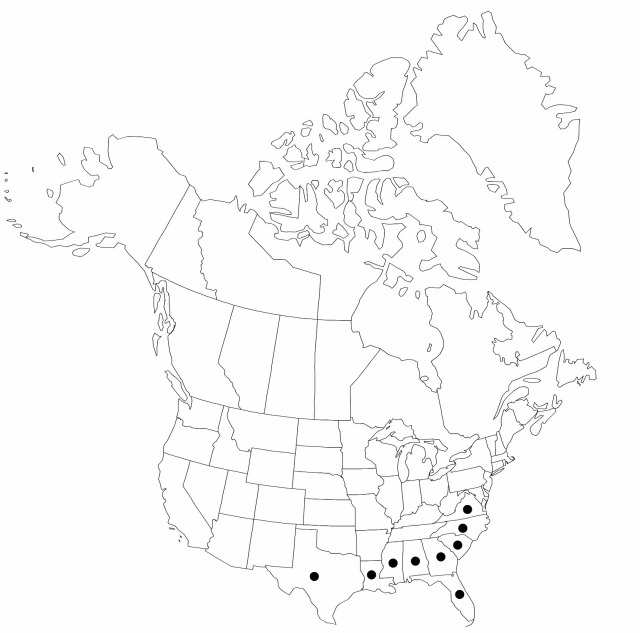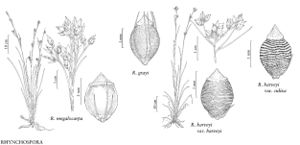Difference between revisions of "Rhynchospora grayi"
Enum. Pl. 2: 539. 1837.
FNA>Volume Importer |
imported>Volume Importer |
||
| (2 intermediate revisions by 2 users not shown) | |||
| Line 6: | Line 6: | ||
|place=2: 539. 1837 | |place=2: 539. 1837 | ||
|year=1837 | |year=1837 | ||
| + | }} | ||
| + | |special_status={{Treatment/ID/Special_status | ||
| + | |code=F | ||
| + | |label=Illustrated | ||
}} | }} | ||
|basionyms={{Treatment/ID/Basionym | |basionyms={{Treatment/ID/Basionym | ||
| Line 69: | Line 73: | ||
|publication title=Enum. Pl. | |publication title=Enum. Pl. | ||
|publication year=1837 | |publication year=1837 | ||
| − | |special status= | + | |special status=Illustrated |
| − | |source xml=https:// | + | |source xml=https://bitbucket.org/aafc-mbb/fna-data-curation/src/2e0870ddd59836b60bcf96646a41e87ea5a5943a/coarse_grained_fna_xml/V23/V23_407.xml |
|genus=Rhynchospora | |genus=Rhynchospora | ||
|species=Rhynchospora grayi | |species=Rhynchospora grayi | ||
Latest revision as of 20:40, 5 November 2020
Plants perennial, cespitose, 10–100 cm; rhizomes absent. Culms erect or excurved, leafy, obscurely trigonous, slender, firm. Leaves shorter than culms; blades spreading to ascending, linear, proximally flat, 2–4 mm wide, apex involute, then trigonous, subulate. Inflorescences: spikelet clusters 1–4, loose to dense, broadly turbinate, lobed or hemispheric; peduncles and branches ascending; leafy bracts exceeding proximal, sometimes distal, clusters. Spikelets light redbrown, ellipsoid or narrowly ovoid, 4–5 mm, apex acute to acuminate; fertile scales broadly ovate, 3.5–4.5 mm, apex acute or acuminate, apiculate. Flowers: perianth bristles mostly 6, reaching from fruit midbody to tubercle tip or beyond, antrorsely barbellate. Fruits 1(–2) per spikelet, 2.5–3 mm; body dark brown, broadly, tumidly obovoid, 2–2.5 × 2–2.5 mm, apically buttressed to tubercle; surfaces finely transversely rugulose or nearly level, with fine transverse rows of pits or low papillae, often appearing nearly smooth; tubercle lowconic, 0.4–0.6 mm, apiculate.
Phenology: Fruiting spring–summer.
Habitat: Sandy pinelands and sandhills, particularly in longleaf pine type
Elevation: 0–300 m
Distribution

Ala., Fla., Ga., La., Miss., N.C., S.C., Tex., Va., West Indies.
Discussion
Of all North American species of Rhynchospora, R. grayi appears best adapted to the xeric conditions found in the coarser sands of the longleaf pine-scrub oak–dominated yellow sandhills. Interestingly, it seems seldom to mix with its closest relative, R. megalocarpa, which is more often found in white sandhills.
Selected References
None.
